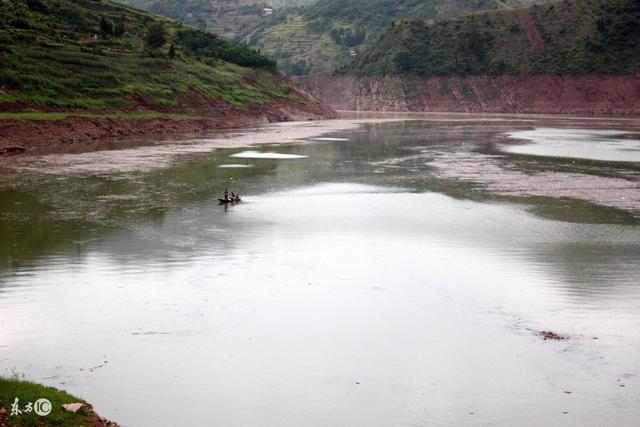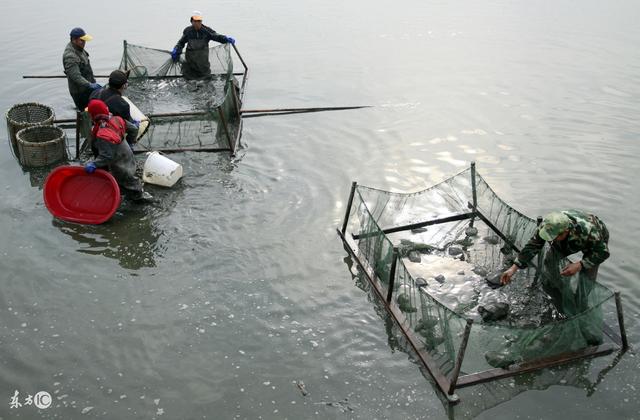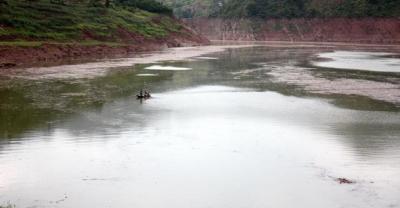The harm of too high or too low pH value to aquaculture and its control measures
PH is an important hydrochemical index in aquaculture and an index to evaluate the acidity and basicity of water body. Generally speaking, the PH value of 6.5-8.0 is regarded as neutral, the PH value of 5.0-6.5 is regarded as weakly acidic, and the PH value of 8.0-9.5 is regarded as weakly alkaline. The activity of freshwater farmed animals, the reproduction of phytoplankton, the change of water temperature, salt content, alkalinity, hardness, the balance system of carbon dioxide in water and the decomposition efficiency of organic matter in sediment all affect the change of PH value of water. In general, the pH value of pond culture water should be 6.5-8.0, the pH value is too low, the reproduction of beneficial microorganisms is blocked under acidic conditions, the mineralization rate of organic matter decreases, and the rate of material metabolism decreases, which makes it difficult for phytoplankton to proliferate massively. Pond water is not easy to fertilize, at the same time, sulfides exist more in the form of hydrogen sulfide molecules, the concentration of metal ions in water increases, and the toxicity of heavy metals increases. It is directly toxic to freshwater farmed animals, and the blood oxygen carrying capacity of freshwater farmed animals in acidic water is poor, resulting in recessive floating head phenomenon. the low PH value is often related to the acidic soil and the small amount of phytoplankton in water. The PH value is too high, which indicates that the alkalinity is high, which affects the dynamic balance of ammonia nitrogen and molecular ammonia, and makes the molecular ammonia concentration too high to harm aquatic animals. At the same time, too high PH value is very easy to form cyanobacteria bloom. The high PH value is often related to the carbon dioxide consumption of phytoplankton reproduction and the lack of alkalinity and hardness of water. The change of PH value in 24 hours in culture ponds should not be more than 2, otherwise it means that the water body is in an extremely unstable state, which can easily cause the phenomenon of "pouring water" and "algae", and induce the death of a large number of freshwater farmed animals.

[prevention and control measures] when the pH value is too low, quicklime is mainly used for sprinkling in the whole pool, generally according to 15-20kg/ mu rice each time.
There are four ways to do this when the PH value is too high:
1. Sprinkle the whole pond with thick pastoral detoxification and clean water treasure (3 mu / m deep per 1000ml).
2. Sprinkle thick grazing lactic acid bacteria in the whole pond (3 mu / m depth per 500g).
3. Sprinkle benzalkonium or copper sulfate to properly control the reproduction of algae.
4. Draw part of the water from the bottom and replace it with some new water.

- Prev

Do you know the effects of eight common algae on aquaculture and their control measures?
Common freshwater algae: Cyanophyta, Cyanophyta, Chrysophyta, dinoflagellate, Cryptophyta, Bacillariophyta, Chlorophyta, Xanthophyta. 1. Cyanobacteria Microcystis (postmortem birth.
- Next

Introduction of Taiwan eel and Misgurnus anguillicaudatus and its high yield and high efficiency culture techniques
Taiwan eel Loach introduction and high-yield and high-efficiency culture techniques 1 Taiwan eel Loach introduces Taiwan eel Loach as Loach, which has the laudatory name of "ginseng in water" and "king of Loach".
Related
- On the eggshell is a badge full of pride. British Poultry Egg Market and Consumer observation
- British study: 72% of Britons are willing to buy native eggs raised by insects
- Guidelines for friendly egg production revised the increase of space in chicken sheds can not be forced to change feathers and lay eggs.
- Risk of delay in customs clearance Australia suspends lobster exports to China
- Pig semen-the Vector of virus Transmission (4)
- Pig semen-the Vector of virus Transmission (3)
- Five common causes of difficult control of classical swine fever in clinic and their countermeasures
- Foot-and-mouth disease is the most effective way to prevent it!
- PED is the number one killer of piglets and has to be guarded against in autumn and winter.
- What is "yellow fat pig"? Have you ever heard the pig collector talk about "yellow fat pig"?

